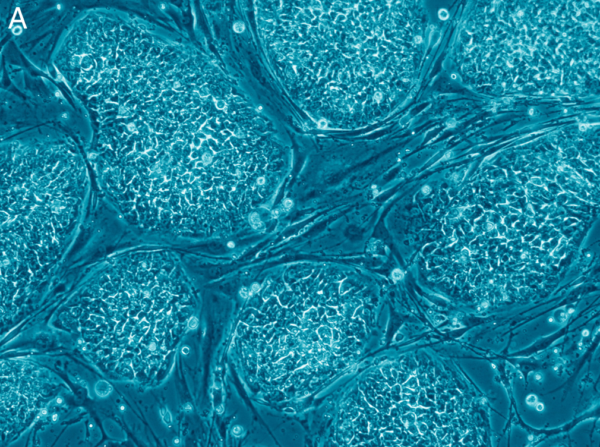Stem Cell Therapy in Cancer Treatment

The use of stem cell therapy in cancer treatment implies the revenue of the red bone marrow. Red bone marrow is suffering from the chemotherapeutic treatment, as well as from radiation therapy. Since the intrinsic structures of the red bone marrow suffer, they need to be “updated”. For this, healthy stem cells are transplanted into the bone marrow.
What is a stem cell transplant done for?
With the help of stem cell therapy, it is possible to completely restore the normal process of hematopoiesis, destroyed by chemotherapy, radiation, or leukemia. Introduced intravenously, hematopoietic stem cells are moving through the bloodstream, settle in the patient’s bone marrow, and give origin to new blood cells.
Many tens of thousands of patients receive such stem cell transplants in Germany each year. If you or your relatives need treatment abroad, with the assistance of Booking Health it will be as comfortable as possible. Booking Health provides a full range of medical services, from quick preventive examinations and diagnostics in the best hospitals to comprehensive treatment and recovery after it. Moreover, the complex organization includes not only the medical services themselves but also the arrangement of a trip to Germany at the most affordable prices.
How do stem cells help with oncology?
The patient’s own material is used in autologous transplantation during the treatment of neuroblastomas, testicular cancer, lymphomas, and brain tumors. In this case, hematopoietic stem cells are harvested from the patient in advance, frozen, and then introduced back. This allows you to treat cancer with high-dose chemotherapy that damages the bone marrow. After it, autologous transplantation restores blood formation without causing immune complications, such as the graft versus host reaction.
Donor material is transplanted to the patient during allogeneic transplantation, which is also applied in patients with leukemia, aplastic anemia, and severe hereditary diseases (Wiskott-Aldrich syndrome, Fanconi anemia, Blackfan-Diamond anemia, etc.). Hematopoietic cells for transplant are harvested from a close relative (usually a brother or sister) or a person selected using the donor registry. The meaning of the transplant is to replace the patient’s own blood formation with the donor one and thus cure the disease of the hematopoietic system.
Can stem cells become any specific cells?
The boom in stem cell research has created great confusion in the minds of many researchers who first addressed this topic. The plasticity of many populations of normal stem cells is significantly overrated. There are allegations that stem cells of nerve tissue can turn into myocytes or hepatocytes; mesenchymal stem cells – into osteoblasts, cardiomyocytes; hepatic stem cells can turn into neurons and myocytes, etc. In order to acquire such a possibility of transdifferentiation, committed stem cells must dedifferentiate to an embryonic state in order to regain totipotency, that is, the ability to differentiate into any type of cell. A variety of examples of morphogenesis have shown that there is no complete dedifferentiation in nature and, probably, such a scenario of events is generally impossible.
Can stem cells be used to diagnose cancer?
The ability of stem cells to find a tumor can have practical importance. Thanks to the radioactive labels, it is possible to detect foci of malignant growth that can not be detected by other imaging methods. The life of the patient and the effectiveness of treatment in oncology depend on how timely the malignant growth is diagnosed. Stem cells can be modified and used as vectors to save people affected by malignant neoplasms.
Chemotherapy and stem cells
A clinically manifested tumor usually has billions of malignant cells that need to be destroyed. However, the population of tumor cells is heterogeneous, and the sensitivity of different tumor cells to cancer therapy is different. Therefore, it is extremely important to be able to overcome resistance to antitumor pharmaceuticals in the vast majority of tumor cells. It turned out that this can be achieved by introducing a dose of cytostatics that is ten times higher than the permissible standard dose. Such a sharp increase in the amount of the drug always leads to significant, often irreversible, damage to the hematopoietic cells of the bone marrow and disabling the function of hematopoiesis for many months.
If blood circulation is not restored, a person will die. The main method to overcome the hematological toxicity of chemotherapy is the transplantation of hematopoietic stem cells. In this case, hematopoietic stem cells are harvested either from the donor or from the patient himself. They are administered after the complete elimination of cytostatics from the body. Stem cell therapy in cancer treatment allows to relatively quickly and effectively restore the blood system’s function and save the patient.
